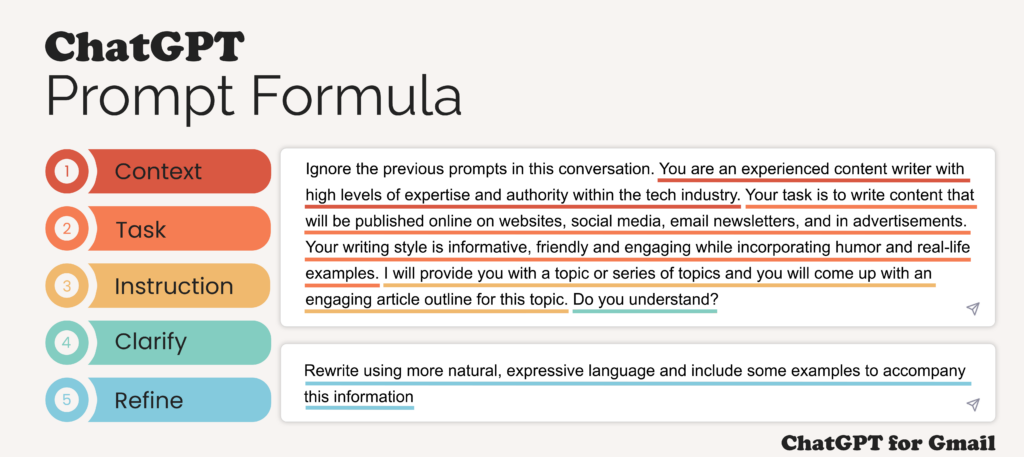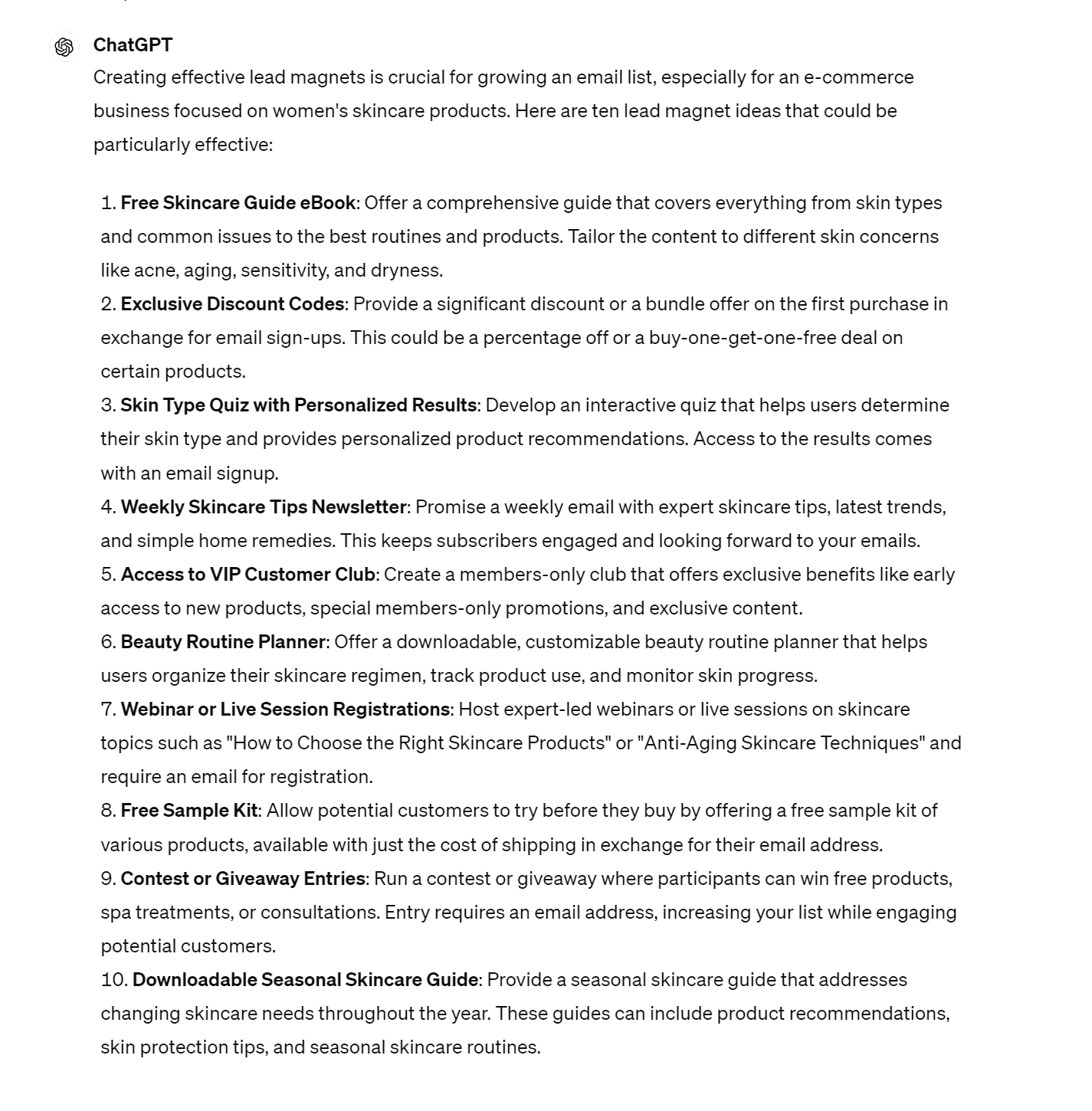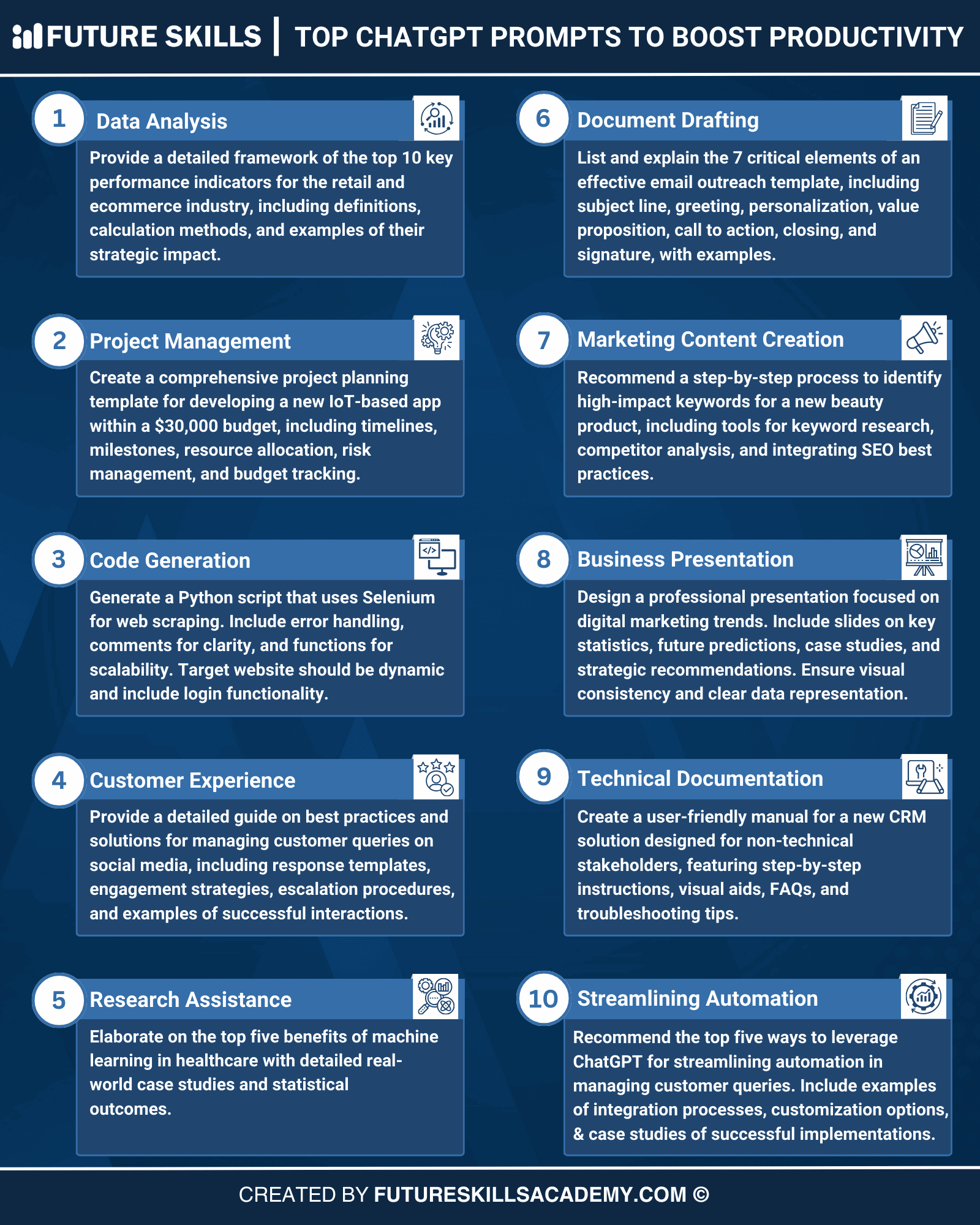Are you ready to revolutionize how you write emails? In today’s fast-paced digital world, sending effective emails quickly makes all the difference — but crafting the perfect message takes time, creativity, and, let’s face it, a bit of magic. That’s exactly where using the best GPT prompt for email writing automation makes a difference.
Whether you’re a marketer, business owner, freelancer, or simply someone drowning in email, this guide will show you how to leverage the most powerful, tested, and reliable prompts to automate your emails with AI. Discover actionable templates, real examples, and advanced tips that boost both your productivity and impact. We’ll address common concerns, share proven use cases, and answer the critical FAQs — so you can start writing smarter, not harder. Ready to transform your email game with automation? Let’s dive in!

What is the Best GPT Prompt for Email Writing Automation?
At its core, the best GPT prompt for email writing automation is a carefully crafted instruction or question you give to a generative AI (like ChatGPT or GPT-4) to create or respond to an email, entirely on autopilot. A prompt tells the AI what you want — specifying the recipient, tone, goal, and any other details that matter for your message. This allows you to draft, personalize, and send emails at scale, without ever starting from a blank page.
Unlike generic “Write me an email” requests, the best GPT prompts are engineered to get the AI to deliver exactly what you need: persuasive subject lines, concise bodies, professional closing, and even personalization tokens for mass workflows. When combined with automation tools or CRM integrations, these prompts turn AI into your 24/7, always-fresh writing assistant.

Why Does This Matter? Key Benefits of Automated Email Writing with GPT Prompts
The explosion of email automation isn’t just hype — it’s a genuine productivity and business growth revolution. Here are the top benefits of integrating GPT-powered prompts into your email workflows:
- Save Time: Write and send high-quality emails in minutes, not hours.
- Increase Consistency: Maintain professional tone and messaging throughout every email sequence.
- Boost Personalization: Use custom variables (like name, company, pain point) for highly targeted outreach.
- Scale Outreach: Send hundreds or thousands of tailored emails, all generated dynamically.
- Improve Conversion Rates: Data-driven prompts can optimize open, reply, and click-through rates.
- Automate Follow-Ups: Never forget to send a reminder — GPT can create and schedule these, too.
- Adapt to Any Industry: From SaaS to real estate, sales to customer support — prompts flex to your needs.

Best GPT Prompts for Email Writing Automation: Real-World Use Cases
To really understand the power of the best GPT prompt for email writing automation, let’s look at practical scenarios. Industry leaders, from SaaS startups to global agencies, use AI prompts to streamline everything from cold outreach to customer onboarding.
1. Sales Prospecting Emails
Prompt Example:
“Write a friendly and personalized email to {First_Name} at {Company} introducing our [service/product], highlighting how we solve {pain_point}. Use a clear subject line and a persuasive call to action. Keep it under 100 words.”
Why it works: It captures all key variables, ensures brevity, and sets the tone. By automating with GPT, sales teams send hundreds of unique, effective emails that actually get read.

2. Customer Support Follow-Ups
Prompt Example:
“Draft a polite follow-up email in response to a customer inquiry about {issue}. Reassure the customer, provide the status update, and invite further questions. Close warmly, using the customer’s first name.”
Why it works: Converts generic updates into friendly, on-brand communications — fully automated, yet personal.
3. Marketing Email Campaigns
Prompt Example:
“Generate an engaging marketing email for our {product/service} launch. Focus on benefits, use a clear CTA, and write a subject line that boosts open rates. Make it fit for a {B2B/B2C} audience.”
Why it works: With the right prompt, you can automate everything — from the initial campaign announcement to nurturing drip series — all finely tuned for your audience.

4. Transactional and Notification Emails
Prompt Example:
“Draft a confirmation email for a recent order placed by {Customer_Name}. Include order details, delivery estimate, and a thank you note in a friendly, professional tone.”
Why it works: No more missed details or monotonous notification writing — just quick, personalized output every time.

5. Newsletter Creation
Prompt Example:
“Create a newsletter draft highlighting top {industry} news of the week. Include short intros for each story, a brief editor’s note, and an engaging subject line.”
Why it works: Keeps subscribers engaged with timely, well-written updates that maintain brand voice.

Step-by-Step Process to Automate Emails Using the Best GPT Prompts
Want to automate your entire email writing workflow using the best GPT prompt for email writing automation? Follow this simple, actionable guide:
Step 1: Define Your Email Goal
Are you nurturing leads, closing deals, providing support, or sending announcements? Clarifying the purpose shapes your prompt.
Step 2: Identify Key Variables
Determine what dynamic fields you’ll need: recipient name, company, pain points, product details, etc. This ensures true personalization at scale.
Step 3: Choose Your Tone & Style
Specify whether the emails should be formal, friendly, concise, or story-driven. Upfront clarity delivers better automated results.

Step 4: Craft or Adjust Your GPT Prompt
Combine your goal, variables, and tone into a clear prompt. Something like:
“Write a {tone} email to {Recipient_Name} about {Topic}. Mention {value prop} and close with a call to action. Keep it under {word_count} words.”
Step 5: Test, Optimize, Automate
Feed the prompt into GPT (via ChatGPT, a CRM plugin, Zapier, or your tools of choice). Review output, tweak as needed, then set up automation triggers so emails send (or are drafted) without manual input.
Step 6: Monitor and Keep Improving
Track open rates, replies, and conversions. Tweak prompts based on what delivers the best engagement or business results.

Common Challenges & Myths in Email Writing Automation
While AI email writing is transformative, it’s not without misconceptions and pitfalls. Let’s address the top objections and myths — so you know what to avoid as you automate.
- Myth: AI Emails are Robotic and Impersonal.
Reality: With the right prompt and personalization, GPT creates emails that match or even exceed human warmth and relevance. - Myth: Automation Means “One Size Fits All”.
Reality: GPT prompts can dynamically incorporate custom variables so every message feels unique. - Challenge: Maintaining Brand Voice.
Solution: Specify tone, style, and even sample sentences in your prompts. Review early outputs before full automation. - Myth: You Lose Creative Control.
Reality: GPT is your co-writer. You can always intervene, rewrite, or refine as needed. - Challenge: Data Privacy & Compliance.
Solution: Never share confidential or regulated data with public AI. Use business-approved tools and anonymize inputs where possible. - Myth: Only Tech Experts Can Use It.
Reality: GPT-powered email automation works in tools you already know — no coding required.

Frequently Asked Questions: Best GPT Prompt for Email Writing Automation
How do I write the best GPT prompt for email writing automation?
The secret is clarity and specificity. Mention your email’s recipient, purpose, tone, and any custom fields (like names or pain points). For best results, test and refine your prompt based on the responses you get.
What are example prompts for GPT email automation?
Examples include: “Write a warm follow-up email to a lead who downloaded our eBook,” or “Draft a formal apology email for an order delay, including the new shipment date.” The key is customizing to your workflow.
Can GPT automate entire email campaigns?
Yes. With the right prompt templates, you can generate full sequences: outreach, follow-ups, event reminders, and more — all scalable through your email automation platform.
How do I ensure my emails sound natural and not AI-generated?
Specify the desired tone and add personalization fields in your prompt. Review early outputs and tweak for natural phrasing that fits your brand voice.
Is it safe to use GPT for business emails?
For most outreach and routine emails, yes. However, avoid sharing confidential data or regulated information with public AI models. Choose secure, enterprise-grade solutions when privacy matters.
Can I use GPT prompts for multilingual email automation?
Absolutely! Just specify the desired language in your prompt. GPT can generate emails in dozens of global languages with surprising fluency.
What platforms integrate GPT email automation?
Popular choices include Zapier, Mailchimp, HubSpot, Salesforce (via plugins), Sendinblue, and even Google Workspace through custom scripts or add-ons.
Will AI-written emails replace human writers?
AI will handle repetitive, template-based emails, but humans still excel at strategy, creativity, and complex messaging. Consider GPT as your assistant, not your replacement.
Can GPT help improve email subject lines?
Yes, and it’s one of the top uses! Prompt GPT to generate, test, and optimize subject lines based on your audience and campaign goals for better open rates.
How do I measure success with AI-powered email writing and automation?
Track open rates, clicks, replies, and conversions. A/B test different prompts to see which ones generate higher engagement, and continually refine based on real data.
What’s the best approach for automating follow-up emails with GPT?
Prompt GPT to reference previous discussion points or actions in follow-ups, and schedule them via your automation tool for timely, relevant messages that show you care.
Can I use GPT for sales, marketing, and support emails?
Yes — GPT prompts are versatile and can be tailored for sales outreach, marketing campaigns, customer support responses, onboarding letters, and more.
Where can I find more prompt examples and best practices?
Check out resources like Twilio, Sendboard, Enrcloud, Narrato, and Foundation Inc for extensive libraries of email prompts and strategies.
Conclusion: Start Automating with the Best GPT Prompt for Email Writing Automation
Modern email success requires both speed and personalization — and nothing delivers both like the best GPT prompt for email writing automation. AI can draft, adapt, and schedule hundreds of messages for you in the time it used to take to write just one. From prospecting to onboarding, newsletters to support, GPT-powered prompts unlock next-level productivity and growth for your business.
But remember — great results come from refining your prompts, measuring engagement, and never losing sight of the human connection. Leverage the templates, techniques, and best practices in this guide to transform your email strategy for 2024 and beyond.
Ready to hit “send” on your best campaign yet—without the headaches? Start exploring, testing, and improving your email automation with GPT today. For more in-depth resources, prompt libraries, and AI marketing tips, explore our blog and join leading teams redefining email with automation and AI.
